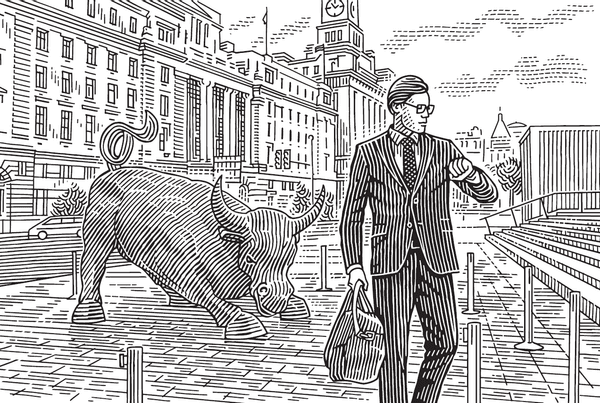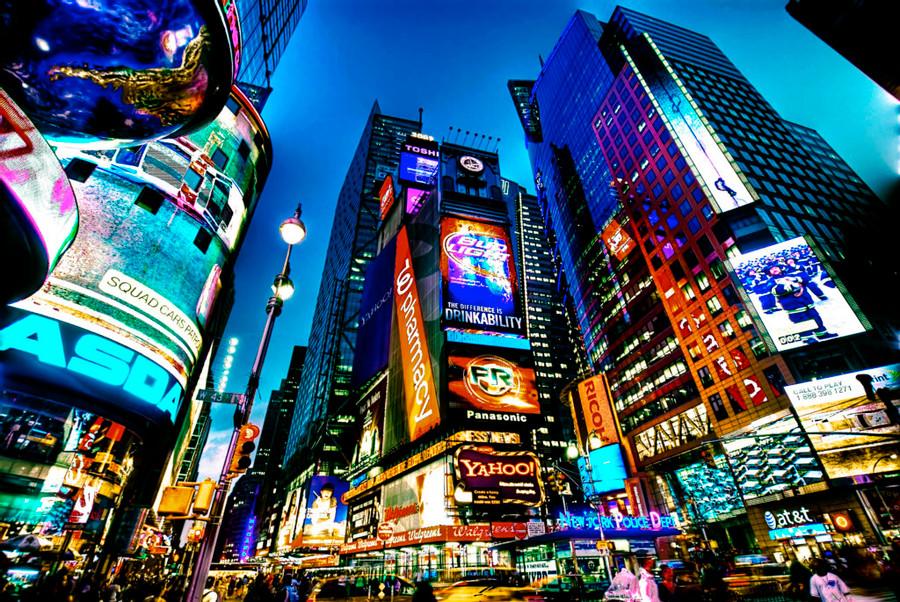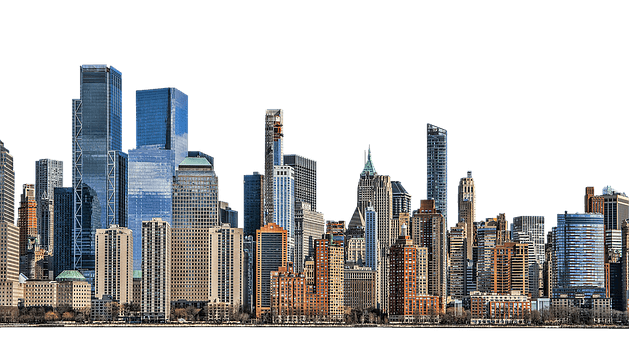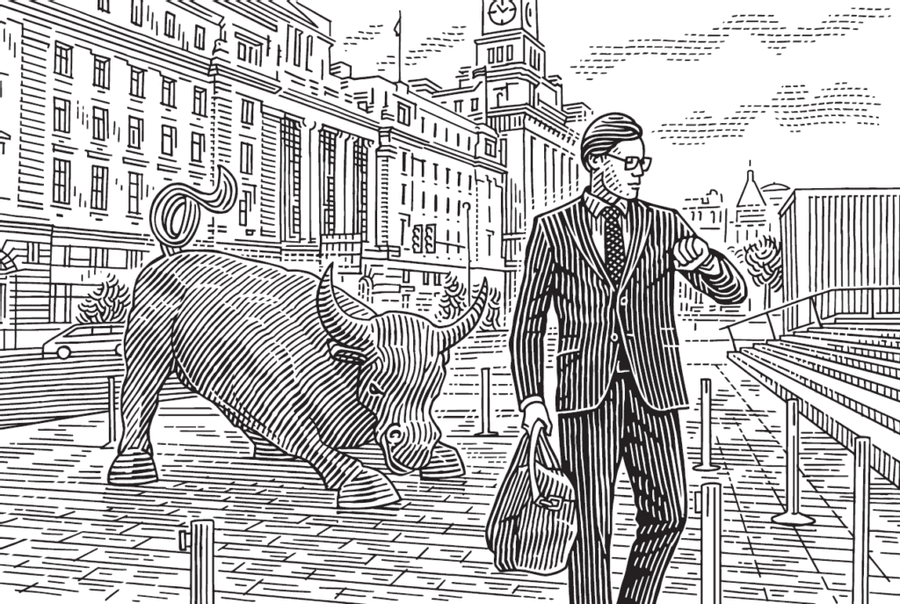Centers of Progress, Pt. 28: New York (Finance) - HumanProgress
Curated from: humanprogress.org
Ideas, facts & insights covering these topics:
5 ideas
·497 reads
10
Explore the World's Best Ideas
Join today and uncover 100+ curated journeys from 50+ topics. Unlock access to our mobile app with extensive features.
New York is the global capital of investing
After World War II, New York City assumed a new global prominence in the international financial markets. It became home to the world’s largest and most prestigious stock market on Wall Street.
Today, New York City is the most populous city in the United States, with over 8 million people.
5
148 reads
New York represents opportunity
Ellis Island was the historical gateway through which many immigrants arrived in the country during the 19th and 20th centuries. New York remains a popular immigrant destination.
Ambitious Americans traditionally go to New York to make a name for themselves in industries such as writing, theatre, commerce, fashion, mass media, investment banking, and more.
The city is a popular tourist spot and home to the Statue of Liberty, the towering Empire State Building, the famous Broadway theatre district, and Times Square.
5
96 reads
New York history
- The area was inhabited by the Lenape people and other Native American tribes. They used natural waterways for fishing, trade, and war with nearby tribes.
- In 1524, Italian Giovanni da Verrazzano explored the region in service to the French and named it New Angoulême, after the French King Francis I.
- Then in 1609, the English explorer Henry Hudson arrived. He took note of the large local beaver population, whose pelts were a valuable commodity.
- Inspired by Hudson's discovery, the Dutch found several fur trading outposts in the area, including a 1624 settlement in what is now Manhattan.
5
96 reads
How New York got its name
- By 1626, the Dutch had constructed Fort Amsterdam, which served as the town's nucleus. The town was named New Amsterdam and served as the capital of the local Dutch colonies.
- The Second Anglo-Dutch War (1665–1667) resulted in the British gaining control of the city as part of a treaty.
- After the exchange, New Amsterdam was promptly renamed New York after the English King Charles' brother James, the Duke of York.
5
83 reads
Postwar New York
By the late 1940s, New York had become the world's biggest manufacturing centre. It had 40,000 factories, a million factory workers and a port which handled 150 million tons of freight goods a year.
The city inherited Paris's role as the centre of the art and fashion world. New York was a refuge for foreign artists fleeing war-battered Europe.
New York was a great international city and took on the role of the world's financial capital and the site of the world's two largest stock exchanges: the New York Stock Exchange and NASDAQ.
4
74 reads
IDEAS CURATED BY
Thomas Hendricks's ideas are part of this journey:
Learn more about history with this collection
The history of fashion
The impact of fashion on society
The future of the fashion industry
Related collections
Similar ideas
1 idea
New York City - History
simple.wikipedia.org
6 ideas
Centers of Progress: Tokyo (Technology)
humanprogress.org
Read & Learn
20x Faster
without
deepstash
with
deepstash
with
deepstash
Personalized microlearning
—
100+ Learning Journeys
—
Access to 200,000+ ideas
—
Access to the mobile app
—
Unlimited idea saving
—
—
Unlimited history
—
—
Unlimited listening to ideas
—
—
Downloading & offline access
—
—
Supercharge your mind with one idea per day
Enter your email and spend 1 minute every day to learn something new.
I agree to receive email updates



